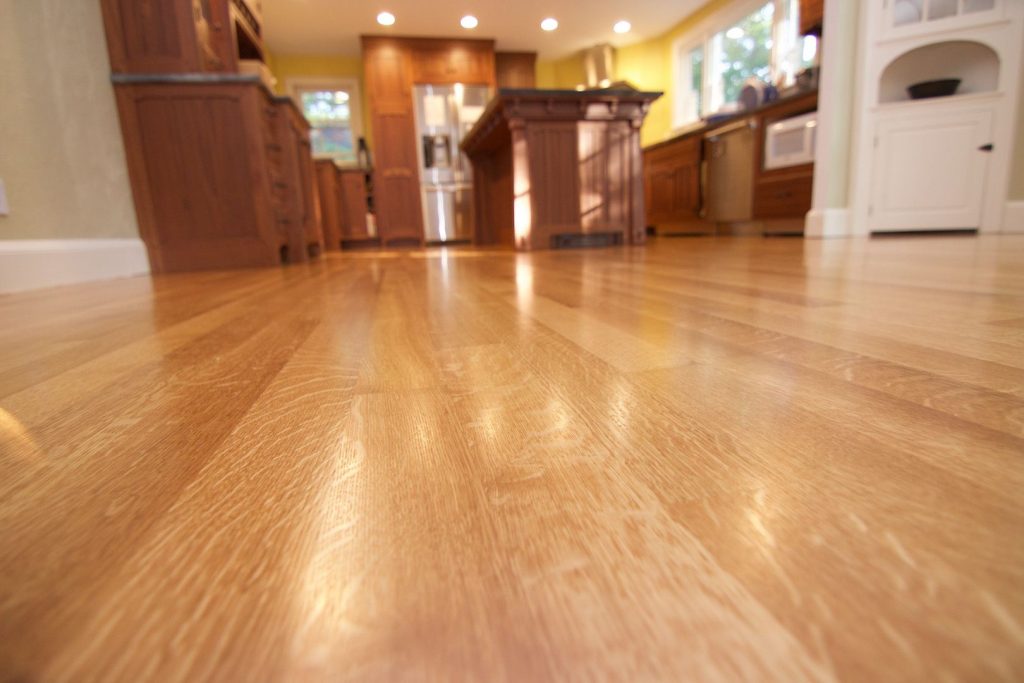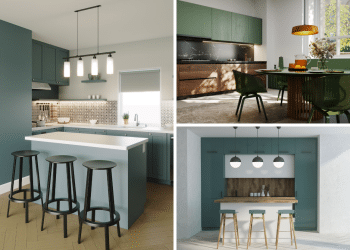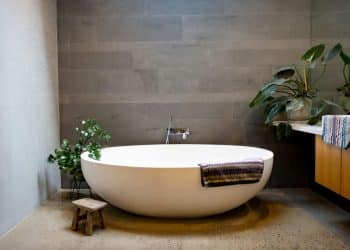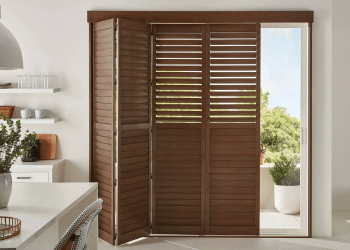An excellent floor finish protects your floors from dirt, moisture, wear, and aggressive foot traffic. Regardless of whether you are building a new home or renovating your current house, make sure you consider the type of finish you use carefully. Base your decision on the type of floor, its purpose, and the neighboring condition. Solvent-based finish, also known as oil-based, is popular because it is highly resistant and pocket-friendly. Here are the reasons to use it to finish your floors.

Offer a Better Appearance
Although beauty is subjective, everyone can agree that solvent-based finishes offer a better appearance compared to water-based. They present a shiny outlook and color depth hence making your floors attractive.
Many of the pigments of solvent stains also produce attractive effects on woods like cherry, poplar, walnut, maple, and white pine. Additionally, it enhances the timber’s color; with time, it also changes its color to yellow making your floors an amber, vibrant, and warm appearance, a quality that some people appreciate. Compared to a water-based glossy finish, the solvent-based gloss finish is exceptionally lustrous.
It Is Durable
The presence of a significant amount of volatile organic compounds (VOCs) makes the solvent-based finish more durable than water-based. The chemicals make it more robust hence making it last for a long time; therefore, you can enjoy your floors for a long time without scheduling for frequent re-application.
It is also resistant to moisture, scratches, and heat. Its durability and strength make solvent-based finish famous for buildings that receive high people traffics such as commercial buildings and common areas in private residences such as living rooms. However, it is best to consult professionals with many years of experience, like quality floor sanding Brisbane, before choosing the best finishing material.
Easy Application
Applying solvent-based finish saves you plenty of work because it does not raise grain or needs re-sanding and sponging. It is also easy to prepare pigment oil stains, which saves you a lot of time. It is essential to follow the manufacturer’s instructions for your safety and also to achieve excellent outcomes.
You can thin oil-based polyutherines to promote a finish flow with nooks, subtle details, and crannies with minimal build-up. Use a foam brush or a fine-bristled brush (synthetic or natural) and avoid cheap bristle brushes because they leave visible brush strokes on the floor.
It Is Affordable
It is cheaper to purchase a solvent-based finish paint; it also offers many years of service, which significantly reduces your floor re-application expenses. You will also use fewer coats of oil-based finish to achieve the same toughness level compared to water-based, and that lowers the overall costs.
It also requires minimal maintenance requirements and resources. You only need to vacuum or sweep regularly and use a damp mop or sponge to get rid of dirt.
It Is Less Susceptible to Weather Conditions
Solvent-based finishes have high-resistance to extreme weather conditions such as freezing temperatures making them more efficient. Weather does not affect its drying times, application, and long-term performance, so if you live in a location with extreme humidity and temperatures, water-based finishes may not be suitable for your floors.
A water-based finish dries too quickly in high temperatures, and slowly when it is humid or cold. These conditions lower affect the durability and the outcome of the paint job.
It Is Versatile
You can use a solvent-based finish on different types of woodwork, from custom millwork to plinth block. It is also suitable for extremely absorptive woods like cypress, which tend to get porous and rough on the water. Furthermore, with little effort, you can use a solvent-based finish on non-porous woods like birch, maple, and cherry.
Offers better flow out
Poor flow out is the outcome of an unfinished coalescence and usually manifests itself as a pebbly looking surface. It is a result of fast drying due to extreme heat or hot air from the turbine. A solvent-based finish has a better flow out and leveling compared to water-based because it is less vulnerable to adverse weather conditions.
You can either go for satin, matt or gloss solvent-based finish depending on your preference. However, it is best to talk to an expert to get an informed opinion and application guidelines to achieve a successful project.
Autobiography
Jim Pulman has extensive knowledge and experience in Home Building, Construction, and Design. He writes articles in his free time and partners with content creators to share his expertise with the online community







